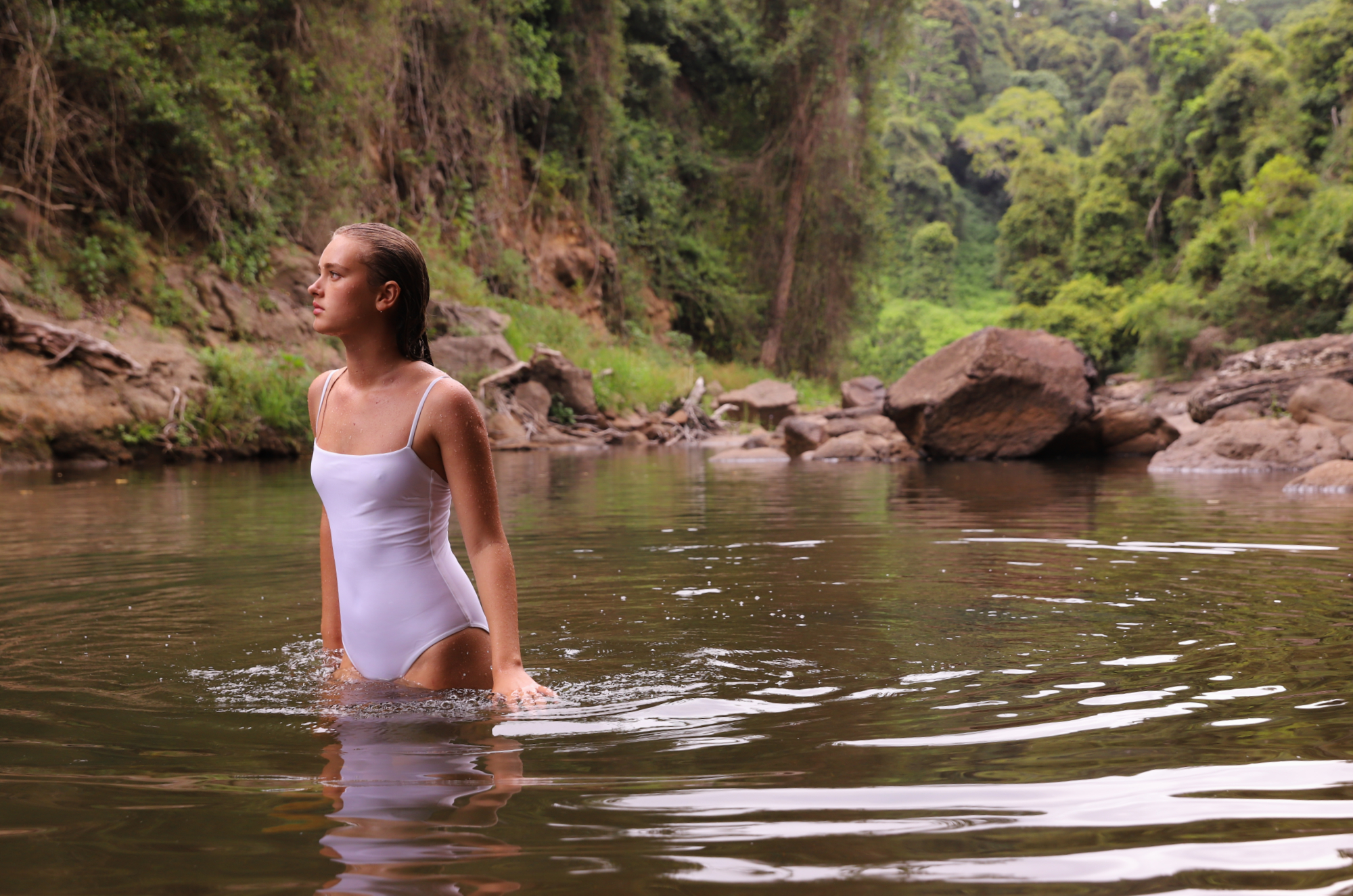Thomist Aesthetics
Apr 04,2023 | Steven Fleming
The very first lecture, in almost any philosophy course, will be about Plato and his rebellious pupil, Aristotle.
Plato dwelled on the possibility that the world may just be an illusion, and that we will not see the real world again, until after we die. The most he could say about beauty, here in this world, is that things that look beautiful, even though they’re illusions, can at least give us pause to consider true beauty. We can’t see it though. True beauty belongs in a world that we are cut off from, for as long as we are alive.
Aristotle rejected his teacher’s position. According to Aristotle, if something can be seen, then it exists and can be learned from. It is actually there. So, if something looks beautiful, it is beautiful, and the fact that we’re seeing it, occasions a contemplation of beauty.
Aristotle doesn’t let us postpone our contemplation of beauty, until after we die. We have to confront it right now.
Of the two views, it is the earlier one, Plato’s, that has held sway in the West. That is thanks to the influence of Augustine. He was the fourth-century philosopher who synthesised Platonism with the Christian idea that Heaven is perfect, while the world we perceive is the same one that was cursed, when Adam and Eve took that bite of the apple. Since then, anything a person could look at, and think was of beauty, has been an illusionary, sinful, distraction.
To heirs of the Platonic/Augustinian way of seeing the world, photos of beautiful young women in swimsuits are serpent’s apples, sent to deceive. They’re mimetic copies of copies of beauty, at best! From a Platonic point of view, it is best to dismiss them, by whatever means. Say they lack diversity, betray the male gaze, or are hangovers from our colonial past. Say they are lustful and burn them! Do whatever you must, to push beauty out of reach, so you don’t have to confront it right now.
The West didn’t receive an antidote to this nonsense, until the twelfth-century. That was when Westerners began trading with Arabs, who had possession of Aristotle’s texts. The times were still such, that for Aristotelianism to be accepted, it needed synthesising with Scripture. That work would be done by Thomas Aquinas. Picking up on Bible passages, that say our eyes can see God’s splendour in His creation, Aquinas developed the following, revolutionary, definition of beauty:
“that which, when seen, pleases.”
The idea that you could know anything by seeing it, with your eyes, was heretical enough, but the idea that a sight could bring pleasure, in those days, was completely outrageous.
But has anything changed?
My swimsuits need photographing on bodies, and the most willing volunteers for that job, have been people who are confident of their own beauty. I’ll be the first to admit, it suits my brand too, to use beautiful models. Their delightful complexions, features and figures, enhance people’s perceptions of my swimsuits, the way a restaurant’s décor will improve its patrons perceptions of meals.
I joke that Pride is an art project, with pretensions of being a brand. Brands hire manufacturers, photographers, web developers, marketers and the likes, but in the case of Pride, all the people I just mentioned are me!
The sewing part, I had to learn, but when it came to photography, I had a four-decade head start. Ever since I took an SLR photography elective in high school, and for my assignment photographed my sister in a loose-fitting white dress, I have been capturing beauty in photos. Pride just meant getting more professional about something I had already been doing.
Like any photographer, I own some phenomenal equipment, but it isn’t my equipment that matters. Capturing beauty is a matter of moving around, being alive to what you are seeing, and knowing what directions are helpful. When your model feels beautiful, and you can feel that beauty in your viewfinder, your equipment is the last step in the process of recording a beautiful image, intended to please.
I first encountered aesthetic philosophy when I undertook a PhD in architectural history. The subject of my dissertation was a particular Platonist, the architect Louis I. Kahn. It should be clear by the fact that I call him a Platonist, that I am personally not one of his fans.
If there is an architect I could be a fan of, it is the minimalist, Mies van der Rohe. His quotable quotes are quite famous: “god is in the details”; “less is more”; “I don’t want to be interesting, I want to be good.” A lesser-known fact about Mies, is he liked to quote Aquinas’s definition of beauty: “that which, when seen, pleases.”
Mies was pleased when whatever building he was designing, had been ironed smooth to the point of being utterly boring. His buildings look featureless from a distance, but are exquisite in their details, up close.
That's me to a tee. Whether we're talking about my swimsuits, photos, locations, model scouting or styling, I don't want to be interesting, I want to be good. As to what pleases me, it is minimal props, unobtrusiv locations, next-to-no makeup and relaxed poses. When I taught architectural history, the longest pauses in my lectures, were around apogee figures, like Mies, Bramante, or if we go right back to Classical Greece, Ictinus and Callicrates. All of their work was so perfect, that the generation of architects to come after them, changed things around, out of a fear that mere perfection was boring.
When selecting photos to use for my brand, I try to be perfectly boring. I always have hundreds of photos to choose from, but usually try to narrow them down to photos in which we see plain, Classical poses, and very little else to distract. Don’t look for symbolism, narrative, social commentary or representation. I am trying to put a demand on you, that you contemplate beauty, here, now.
The Model is Ally Willow
Photos and words by me, Steven Fleming. All rights reserved.

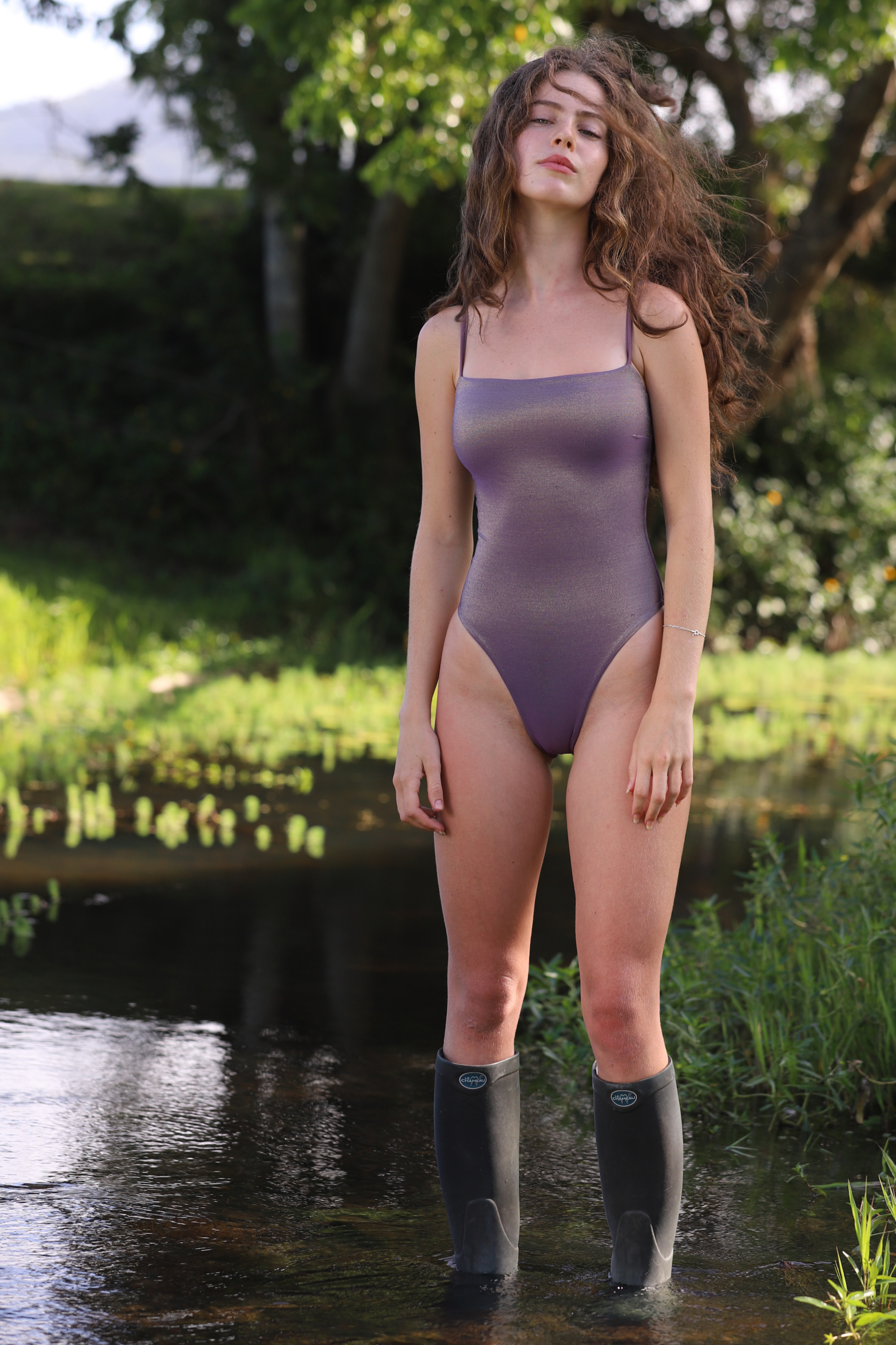
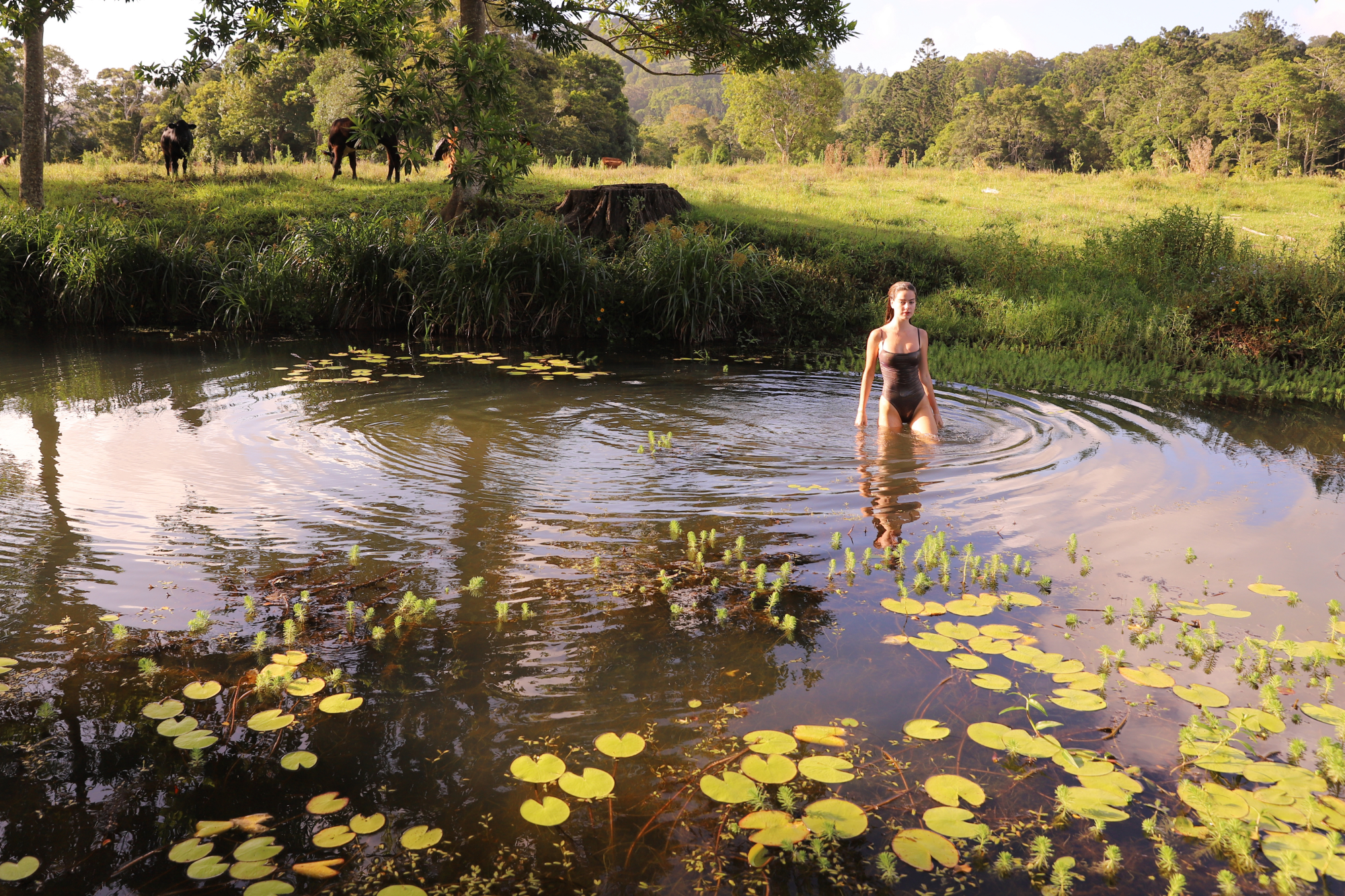
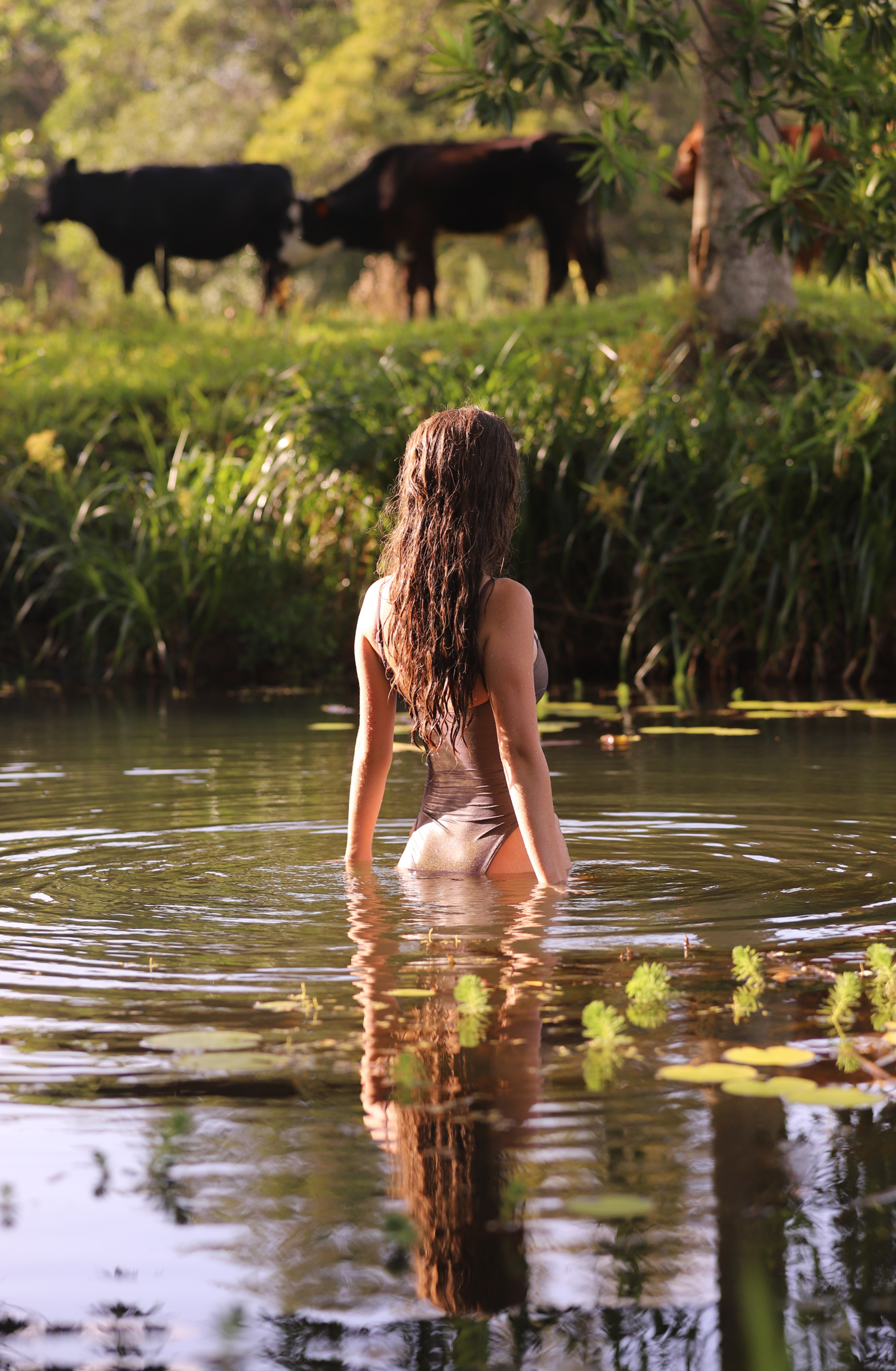


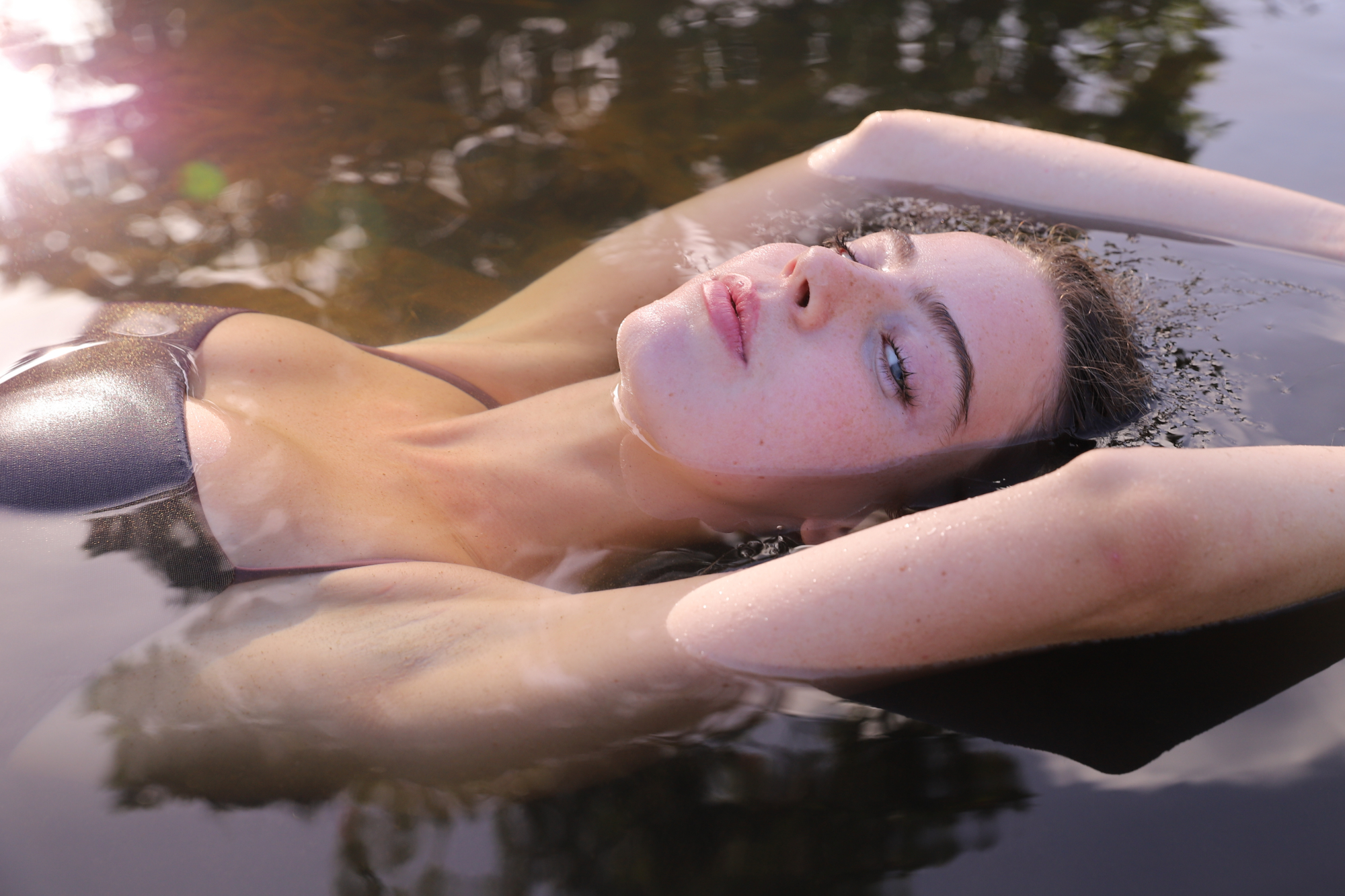
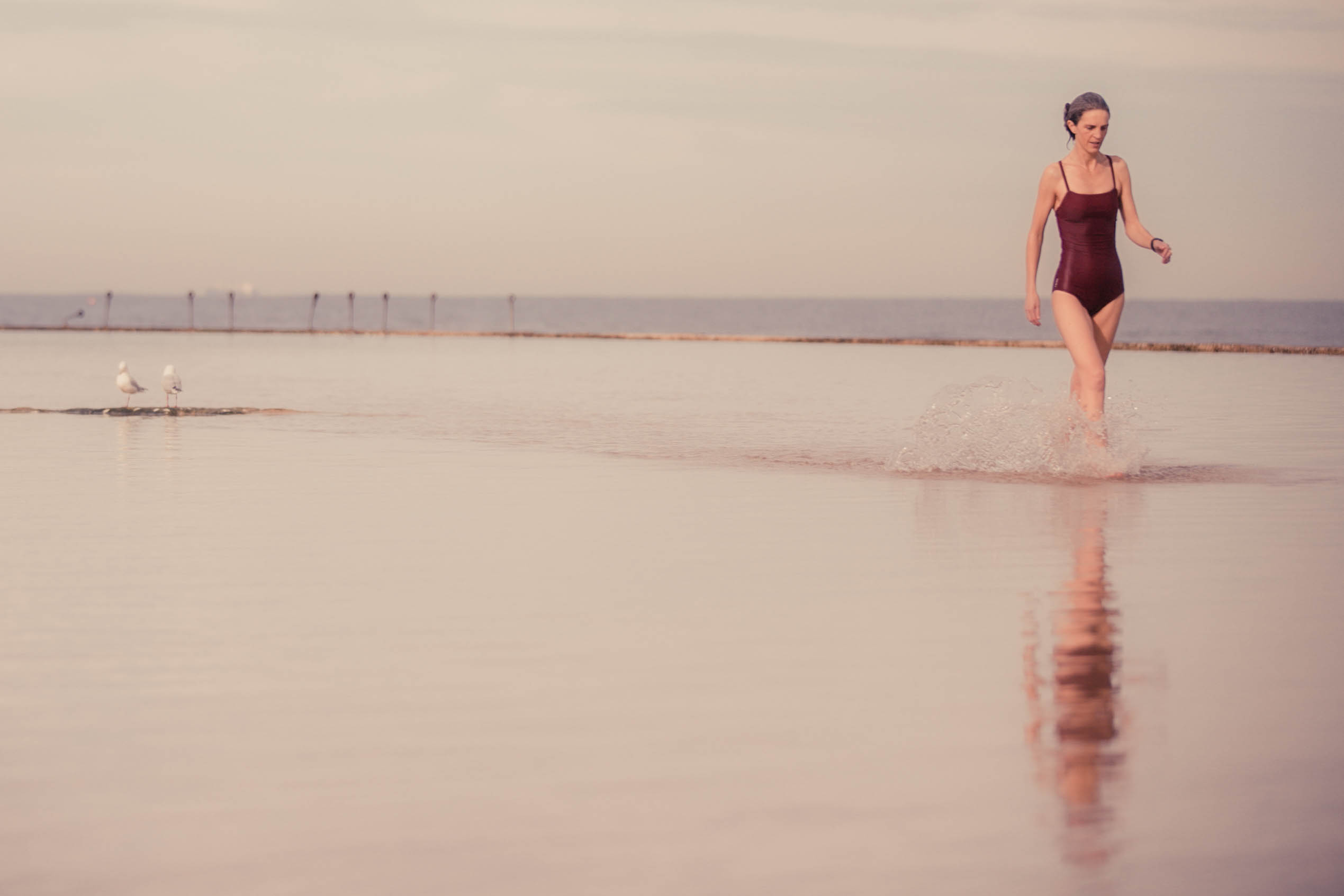
.jpeg?w=748&h=500)
